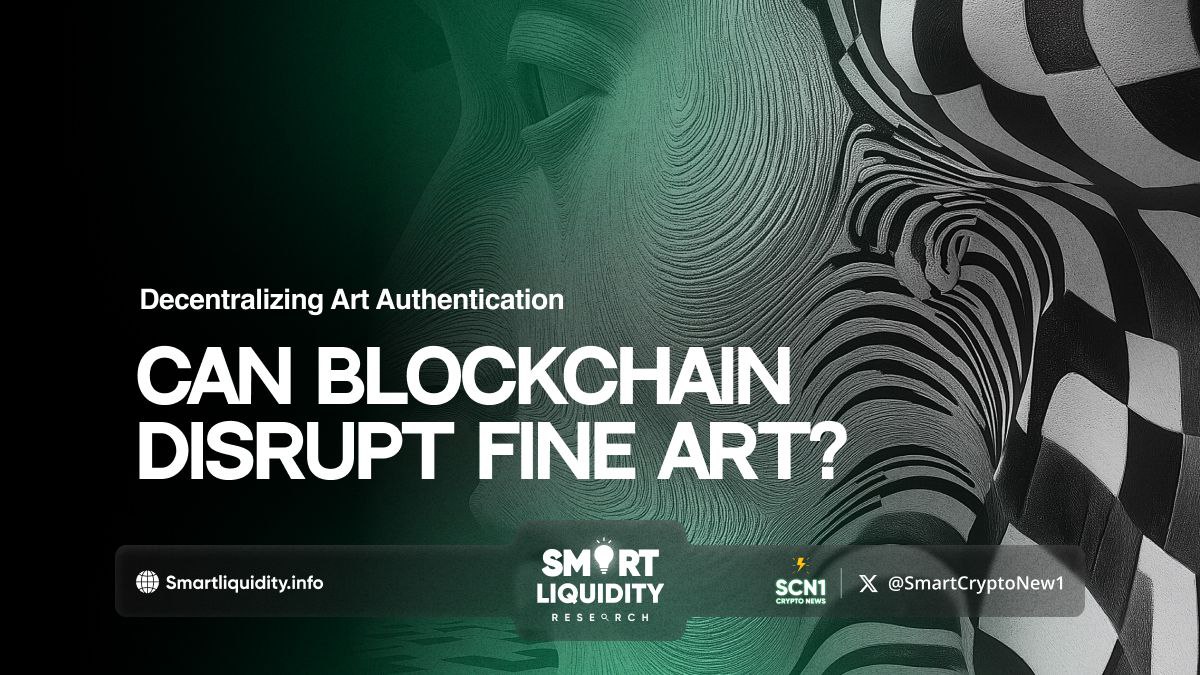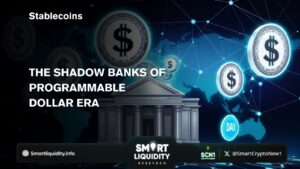Can Blockchain Disrupt Fine Art? Decentralizing Art Authentication


Can Blockchain Disrupt Fine Art? Decentralizing Art Authentication! The fine art world has long thrived on exclusivity, status, and the nuances of authenticity. Art collectors, galleries, and museums rely on experts to validate the provenance and originality of pieces, which can often be subjective, time-consuming, and open to forgery.
But with the advent of blockchain technology, many are asking: can blockchain disrupt the fine art market and decentralize art authentication?
The Current State of Art Authentication
Traditionally, art authentication has been handled by experts, institutions, and galleries that verify the provenance (or history of ownership) of an artwork.
However, this system is fraught with challenges:
- Forgery & Counterfeits
With billions of dollars in transactions, the art market is plagued by high-profile forgery scandals. - Opaque Provenance
Tracing the ownership history of artworks is often difficult, with incomplete or missing records. - Costs & Access
Authentication processes can be expensive, creating barriers for smaller collectors or artists.
These challenges point to a need for a system that enhances transparency, security, and accessibility—a void that blockchain could potentially fill.
How Blockchain Enhances Art Authentication
Blockchain offers a decentralized, tamper-proof ledger that can document the life cycle of an artwork. This includes information on the artist, creation date, ownership history, and any changes in value.
Some of the key benefits include:
- Immutable Provenance Records: Blockchain ensures that once a piece of data is entered, it cannot be altered. This creates a permanent and reliable history for each artwork.
- Fraud Prevention
By using cryptographic signatures, blockchain can significantly reduce the risk of forgery and counterfeit art. - Greater Accessibility
Decentralizing authentication allows artists, galleries, and collectors of all sizes to verify an artwork’s provenance without needing to rely on elite institutions. - Tokenization of Art
Artworks can be “tokenized” as non-fungible tokens (NFTs), providing proof of ownership and authenticity in digital or physical form. These NFTs can also be easily transferred, opening up new ways of trading and fractional ownership.
Real-World Applications
Blockchain has already started to make an impact on the art world:
- Verisart
A blockchain-based platform that helps artists and galleries certify the authenticity of artworks. - Codex Protocol
A decentralized registry for art and collectibles that tracks provenance and ownership. - Artory
A digital registry that securely stores data on art transactions and provenance using blockchain technology.
These platforms show that the marriage of blockchain and fine art is not just theoretical—it’s happening now.
Challenges to Adoption
While blockchain holds great promise for art authentication, there are challenges to widespread adoption:
- Education & Trust
The art world is slow to embrace new technologies, and many galleries or collectors may be hesitant to trust a digital solution. - Regulation
The intersection of blockchain, fine art, and legal frameworks is still evolving. Regulatory clarity will be crucial for the technology to gain mainstream acceptance. - Integration
The technology must integrate seamlessly with existing art authentication practices for it to be widely used.
Conclusion: A Paradigm Shift?
Blockchain’s potential to disrupt fine art is vast, offering enhanced transparency, security, and democratization. While there are hurdles to overcome, the integration of blockchain into art authentication systems could be a transformative step for the industry. The question is no longer if blockchain can disrupt fine art, but rather how quickly and extensively this shift will occur.
As the art market evolves, blockchain could play a pivotal role in decentralizing the processes that have historically been reserved for an elite few, bringing authentication and ownership into the digital age.




